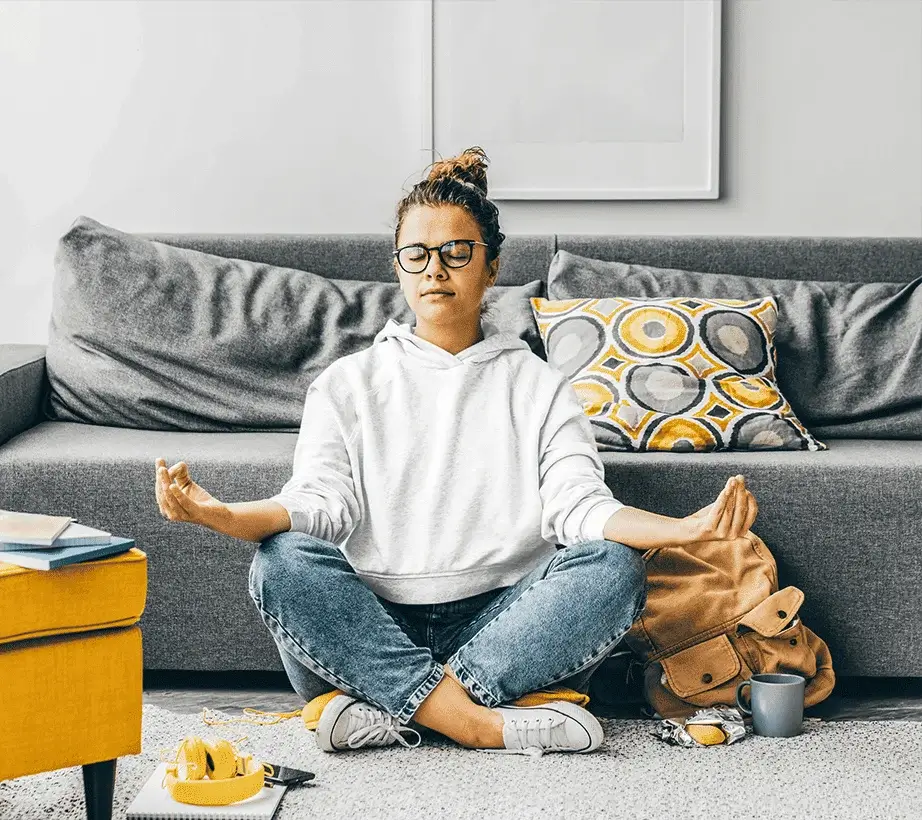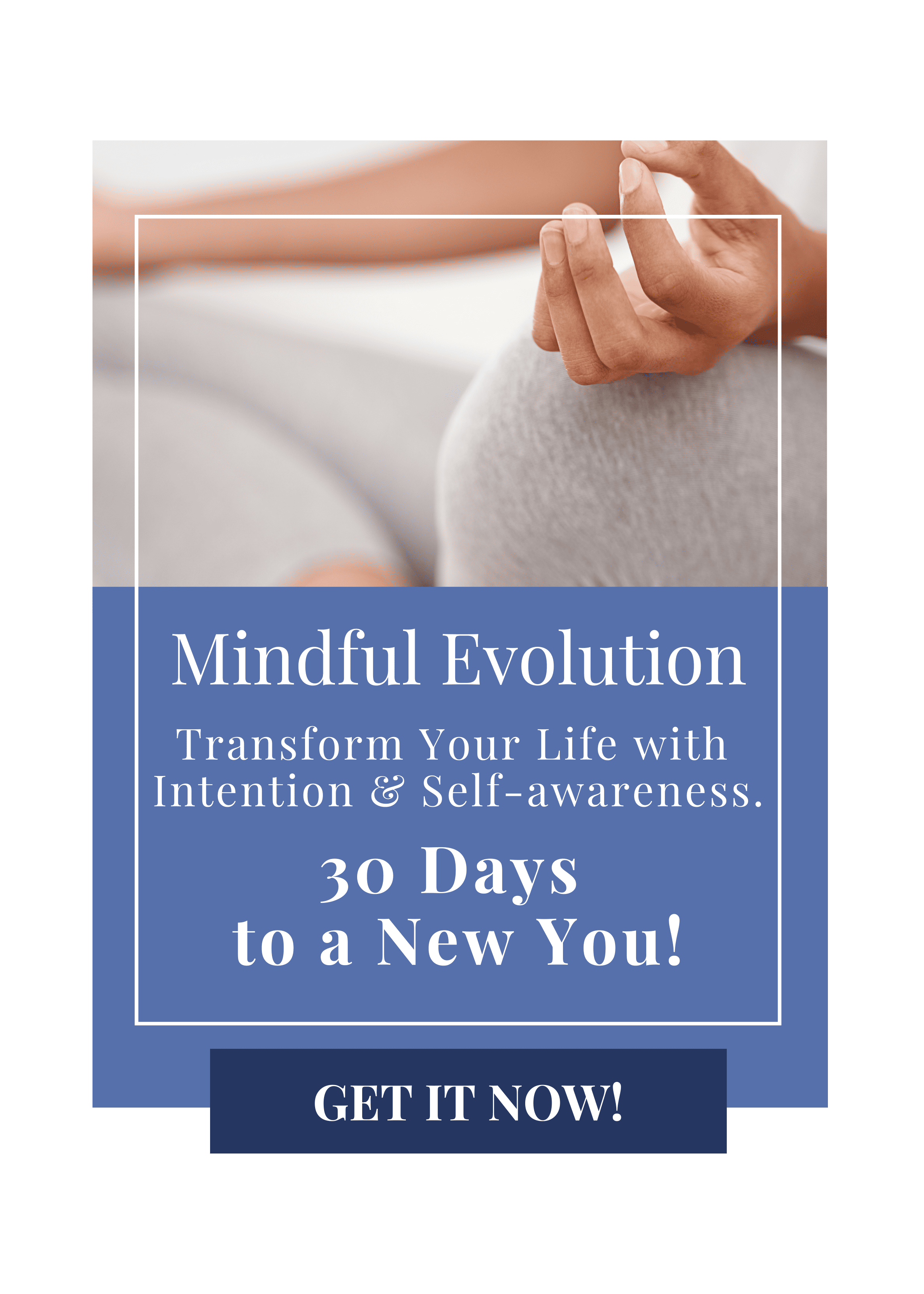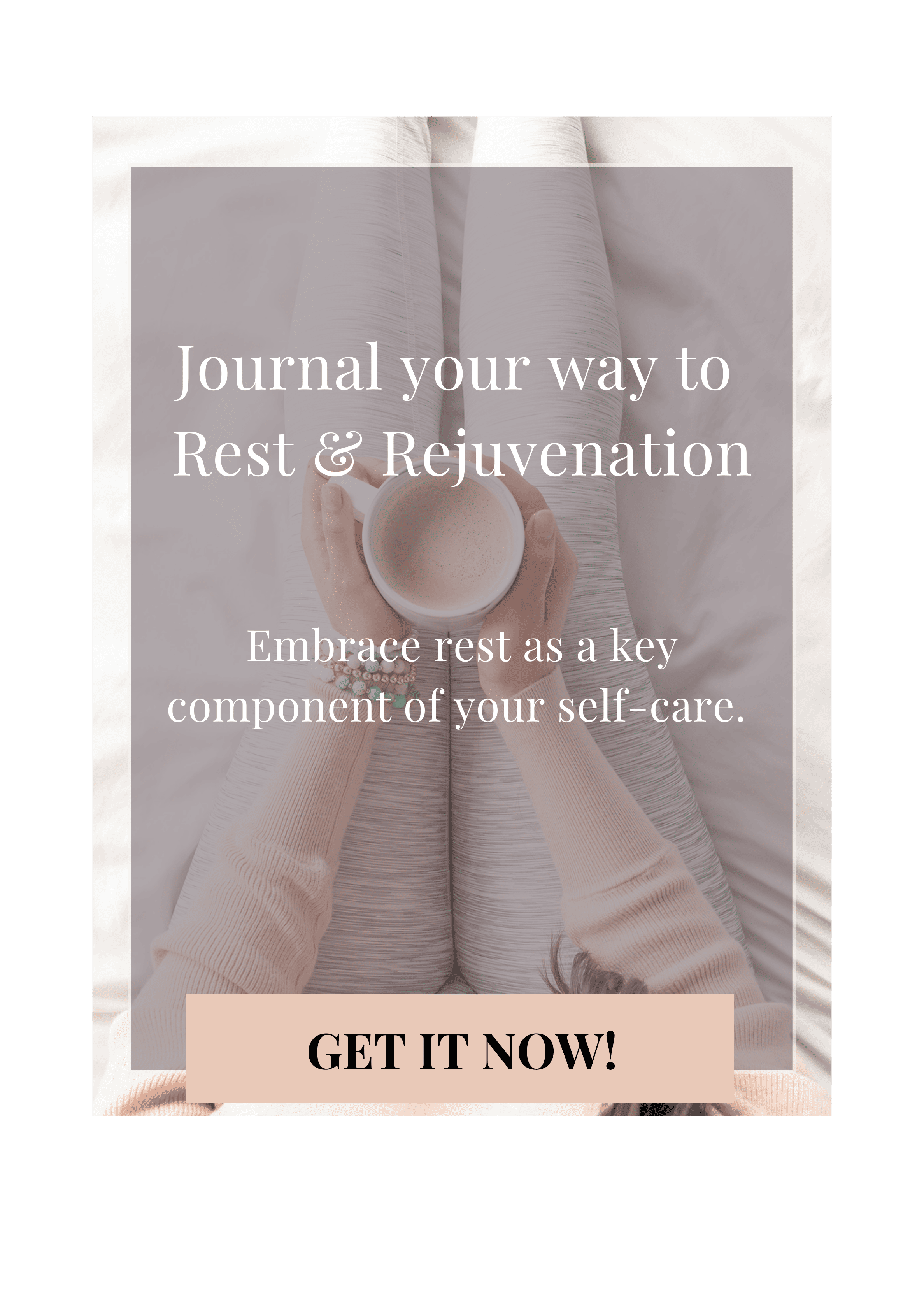If you’re new to meditating and have tried it but can’t really get it to work. Then here are a few good ways in which you can ensure a greater degree of success when trying to meditate for the first time.
Meditation is about opening up and relaxing to everything that comes to mind during the meditation, without picking anything out. It’s not about suppressing thoughts or feelings, but just accepting and noticing that something comes up.
The reason we meditate, and the way we relate to what emerges during meditation, is an exercise in how we can view everything in life.
Be consistent.
Discipline is important in connection with meditation, especially when you are first starting out. A fixed time or ritual around the meditation creates the basis for a fixed habit
Thinking.
If a thought arises, name it “thought” and return to your breath. Both negative and positive thoughts are perfectly OK, as they are “just” thoughts, so keep bringing your attention back to the breath. Through meditation, you learn to be kind to yourself and to respect yourself. Therefore, pay attention to your tone of voice when you call your thoughts “thoughts”, and kindly repeat it, if you find that you have said it in a stern or reprimanding way. The challenge is to develop compassion and respect, both for yourself and others, so practice your meditation with honesty, kindness, and humor.
The sitting still.
Stilling still can prove to be one of the biggest challenges when first trying to meditate. Our mind has a really hard time with “not doing”, so one thing is trying to quiet the mind in general, another to simply let the body be still. Don’t be fooled by the mind playing tricks on you; creating a sudden desire to scratch an itch, or trying to convince you that you need to move around, it is all part of the game of surrendering to a state of “being” instead of “doing”.
Try these suggestions for your first meditation.
You might also like “8 easy ways to make sitting still in meditation achievable“
6 points for good body posture while meditating:
1. The seat; sit flat, the pelvis should not be tilted either forwards or backward nor to the right/left.
2. Legs; sit comfortably with your legs crossed in front of you, or in a chair with your feet flat on the floor. If you are sitting cross-legged for the first time, sit on a pillow that allows your hips to be higher up than your knees, sitting on a chair, try to move a bit towards the front of the seat, so your back isn’t supported.
3. Torso (from the head to the pelvis); sit straight up and down (as possible), with a strong back, open front, not leaning forward or back, still keeping a slight curve in the lower back.
4. Hands; try to keep your hands open in a receiving gesture, e.g. with the palms resting on the thighs or with the palms facing up with the thumb and forefinger touching each other.
5. Eyes; No need to close your eyes, if you don’t feel like it, it might be a bit much the first couple of times. So you can keep your eyes open so that you are alert and relaxed at the same time, you can turn your gaze slightly downwards and place it approximately 1-1.5 meters in front of you. Find a point on the floor and let the gaze focus softly on it.
6. Mouth; keep it slightly open so the jaw relaxes and the air can move freely, the tip of the tongue rests softly against the palate.
Choosing a focus point.
Choosing a focus point can be quite beneficial the first time around as you begin meditating. You can choose any focus or object to focus on when meditating. The meditation object can be a physical focus point, an intention (e.g. being positive, completing a challenge), a basic feeling (e.g. kindness, empathy, love), the breath, or what works or feels right for you at the given time.
If you are new to meditation having a focus point can help you achieve success. The breath as a focal point is a good place to start. Make the exhalation the object of your meditation and count your breaths. You count your exhalations (inside your head) from 1 to 10, when you get to 10 you start over. If you become distracted and lose count, you can try to direct your attention to the body again by going through the 6 points and then return to the exhalation, where you start again at 1.
I hope these few basic meditation techniques can help you get started to build a supportive practice of meditation.
Remember “once is never”, so be sure to set the intention to meditate for several days, a month, every other day, or something else that can hold you accountable, in order to really solidify your practice.






